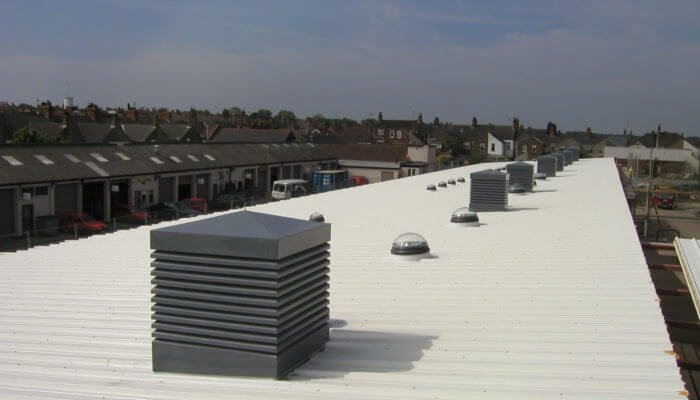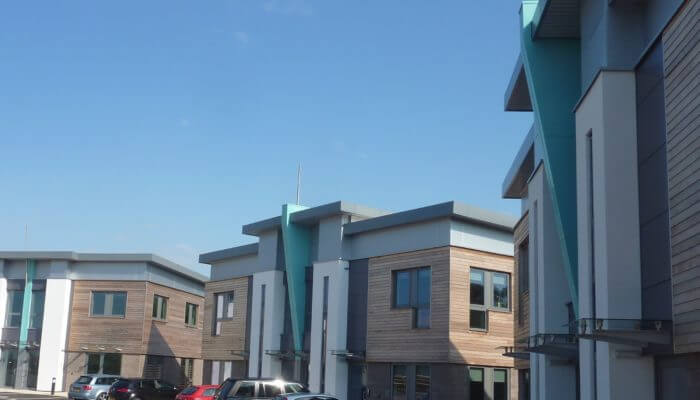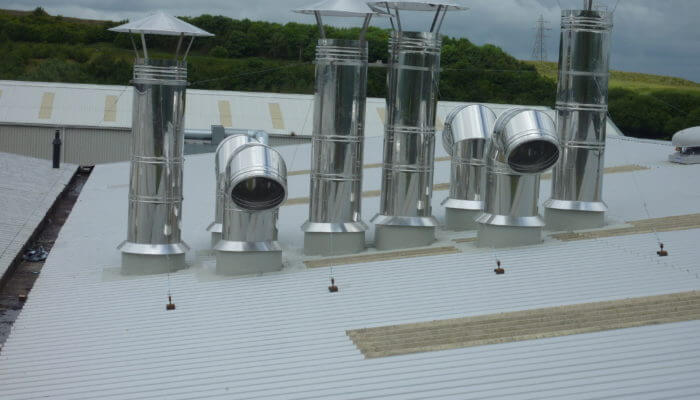To successfully deal with building envelope penetrations for modular buildings, we must overcome a different set of challenges that traditional construction presents us with. Naturally, every project brings different obstacles but there are three challenges all modular projects have in common when it comes to building penetrations:
- Lack of standardisation
- Transport limitations
- Off-site or on-site installation
Regardless of the construction method, building penetrations and their weatherproofing must be designed to form holistic systems within the building. McKinsey & Company quote in their Modular Construction: From projects to products that modular construction can cut the schedule by 20-50%. The design, planning and sequencing for any building penetrations work, installation of various elements and subsequent weatherproofing must be addressed in the initial stages of the project design to deliver a shorter construction phase.
Lack of standardisation
Lack of standardisation within the modular sector means that the design and planning of building penetrations must be managed effectively to adjust for variations between manufacturers of the modular units and variations throughout the supply chain. Early planning and sequencing should address supply chain variations. Appropriate coordination will allow for many MEP (mechanical, electrical, and plumbing) and daylight elements to be fully installed and weatherproofed off-site, avoiding the need for any adjustments in-situ or reactive specification changes.
Transport limitations
Off-site manufactured modules, including any additional installations, need to be transported to site. Transport restrictions may pose a challenge. Where full pre-installation and building penetration weatherproofing cannot be completed off-site, a partial preinstallation may still be advantageous and should be pursued. As with the lack of standardisation, preinstallation will streamline remaining in-situ works, allowing kerbs, upstands, or plant risers to be designed and prefabricated to synchronise lead and installation times with the glazing or MEP manufacturers and installers.
Off-site or on-site installation?
Despite planning and pre-installation being viable options, some weatherproofing installations cannot be completed in a controlled off-site environment. In some instances, an on-site installation is simply preferred because of project specific needs. Weather changes, on-site accidents and scheduling clashes, among other unpredictable events, can impact the certainty of delivery that modular projects heavily depend on.
Weatherproofing is a part of the construction process that is weather dependent and requires ongoing coordination with other trades on site. Unexpected issues can often call for late changes to penetration positioning. The weatherproofing solution specified, and its installers, should be flexible and the application process robust enough to accommodate these events and to do so without an effect on the project timeline.
The innovation of technologies and materials forming weathering systems can help reduce some of the mentioned risks. Jones Weatherproofing have over 40-years of experience and a reputation for continual improvements to the materials, adhesives and flexible mouldings used on projects of all sizes and types. The weatherproofing systems made by Jones Weatherproofing undergo strenuous independent testing for integrity in extreme temperatures and after accelerated ageing. The long-standing cooperation with contractors and manufacturers put Jones Weatherproofing in a position to work within the modular industry and find innovative solutions based on the specific challenges of modular delivery.
You can read more on how to deal with building envelope penetrations and weatherproofing systems for modular buildings in our whitepaper ‘Streamlining weatherproofing in modular construction’. Contact our team of technical experts if you require help with design, specification or any other advice on building penetrations and weatherproofing systems.


